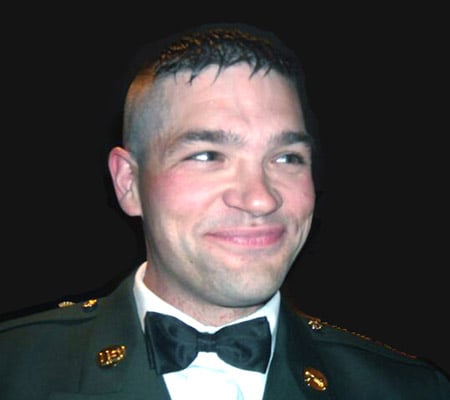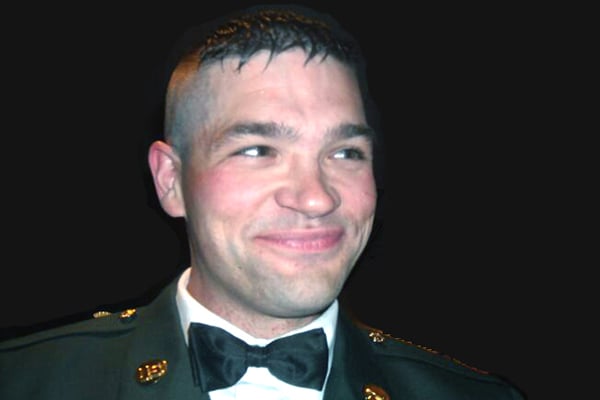
Last Updated on
I started shooting during High School, first by participating in local, unsanctioned Smallbore events. After graduating Army IET (basic training) I realized that the Army does not know how to train marksmanship and began competing seriously, primarily in USPSA Limited class (iron sight practical pistol) and National Guard-hosted combat matches through college.
After graduating with a Bachelor’s of Science in Management Computer Systems, along with a certificate in Gunsmithing, Master classifications from USPSA and IDPA, and a few Leg points, I eventually found out about the Army Reserve Marksmanship Program (ArmyReserveMarksman.info) and met Team members.
I joined SARG (Small Arms Readiness Group, formerly Small Arms Training Team) in 1999 and would spend the next decade, and most of that on active duty, as a full-time small arms instructor. During this time I picked up NRA Conventional Pistol (2700 bullseye) and High Power, but my primary discipline was the combat matches hosted by NATO. I managed a few overall wins at All Army (2005, 2006, 2008, 2010, 2012, and 2014) along with a host of trophies for individual and team matches there and at AFSAM (Armed Forces Skill at Arms Meeting.)
After completing active duty, I was hired as the Editor of American Gunsmith (AmericanGunsmith.wordpress.com) and founded the Firearm User Network (FirearmUserNetwork.com) to promote organized shooting events.
Articles On Gritr Sports:
- Outdoor Gift Guides – John Buol
- How to Find Your Maximum Hunting Range
- The Appleseed Project
- How To Determine Your Best Field Shooting Positions
- Why Benchrests are Actually Useless
- How to Become a Distinguished Expert Shooter for $2.50
- Target Angles for Hunters: Tips & Tricks
- Twenty-Two Training
- Building Skill With Dry Practice
- Arthur Terry: The Grandfather of Modern Sniping
- Equal Opportunities In Marksmanship Programs
- Tactical Course Preparation
- Three Rifles From Three Countries: Belgium – FN USA: FN15
- Three Rifles, Three Countries: Australia – F90
- Three Rifles, Three Countries: UK – L85A2
- Best Pistol Drills 2 – Live Fire
- Best Pistol Drills 1 – Dry Practice
- Best Rifle Drills – Part 2
- Best Rifle Drills – Part 1
- American Military Marksmanship
- Scout Rifles Part 3 – Accessories And Training
- Scout Rifles Part 2 – The Savage Option
- Scout Rifles Part 1
- TrackingPoint: Revolutionizing Sniper Technology [Part 2]
- TrackingPoint: Revolutionizing Sniper Technology [Part 1]
- The Beretta M9A3
- The FN MAGM240-series of Machine Guns
- The Mk19 Grenade Machine Gun
- A Little Gun That Could: The Story of the M11
- Italy’s AR: The Beretta AR 70/90
- Hope And A Warning: Civilian Gun Ownership In Australia
- Grand Garands: Modern M1 Garand Ownership
- The FN 7.62 Minimi
- Law Enforcement Training, Texas Style
- Maximizing the Use of Your Trijicon ACOG BDC Sight
- Trijicon AGOG In Use
- How to Manage Buck Fever
- The Proper Target For Hunters
- Fun Hunting Drills: Two unique range drills for hunters
- Timed Shooting And The Big Game Hunter
- Power Plinking





Comments (1)
Ryan Bsays:
July 8, 2018 at 9:35 pm“In the World War One era, heavy machine guns were fixed even though they fired the same cartridge as light machine guns. To provide sustained fire, heavy MGs of the day required water cooling and used cumbersome tripods. World War Two saw the rise of machine guns capable of sustained fire while remaining somewhat portable. Christened General Purpose Machine Guns and characterized by the German MG34 and 42, these weapons maneuvered as well as previous light machine guns while remaining effective when emplaced. Technology has allowed effective tripods to become lighter still.”
You forgot the Lewis gun mang. Brit commonwealth made like 3x more of those than HMG’s, and they were super portable <3